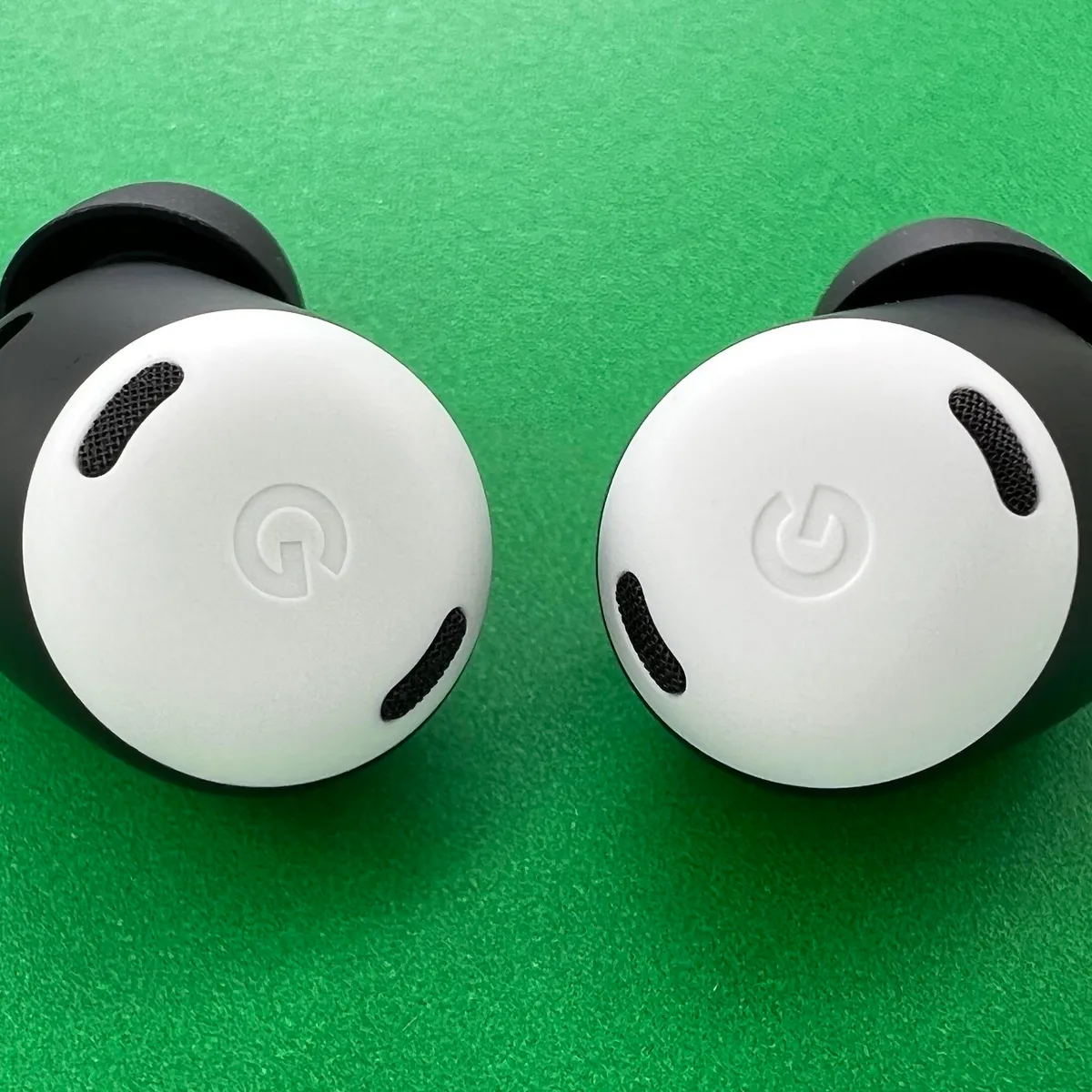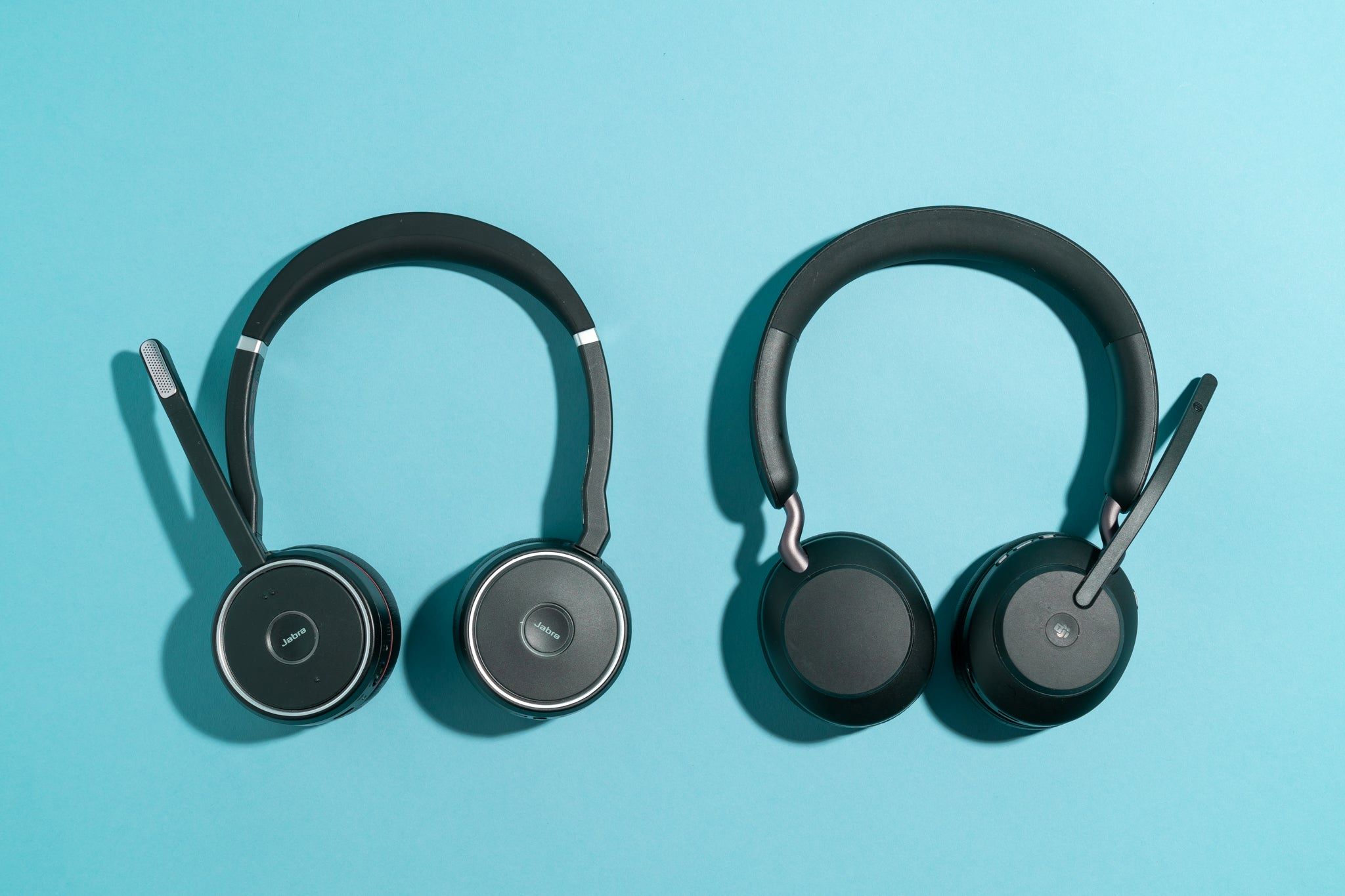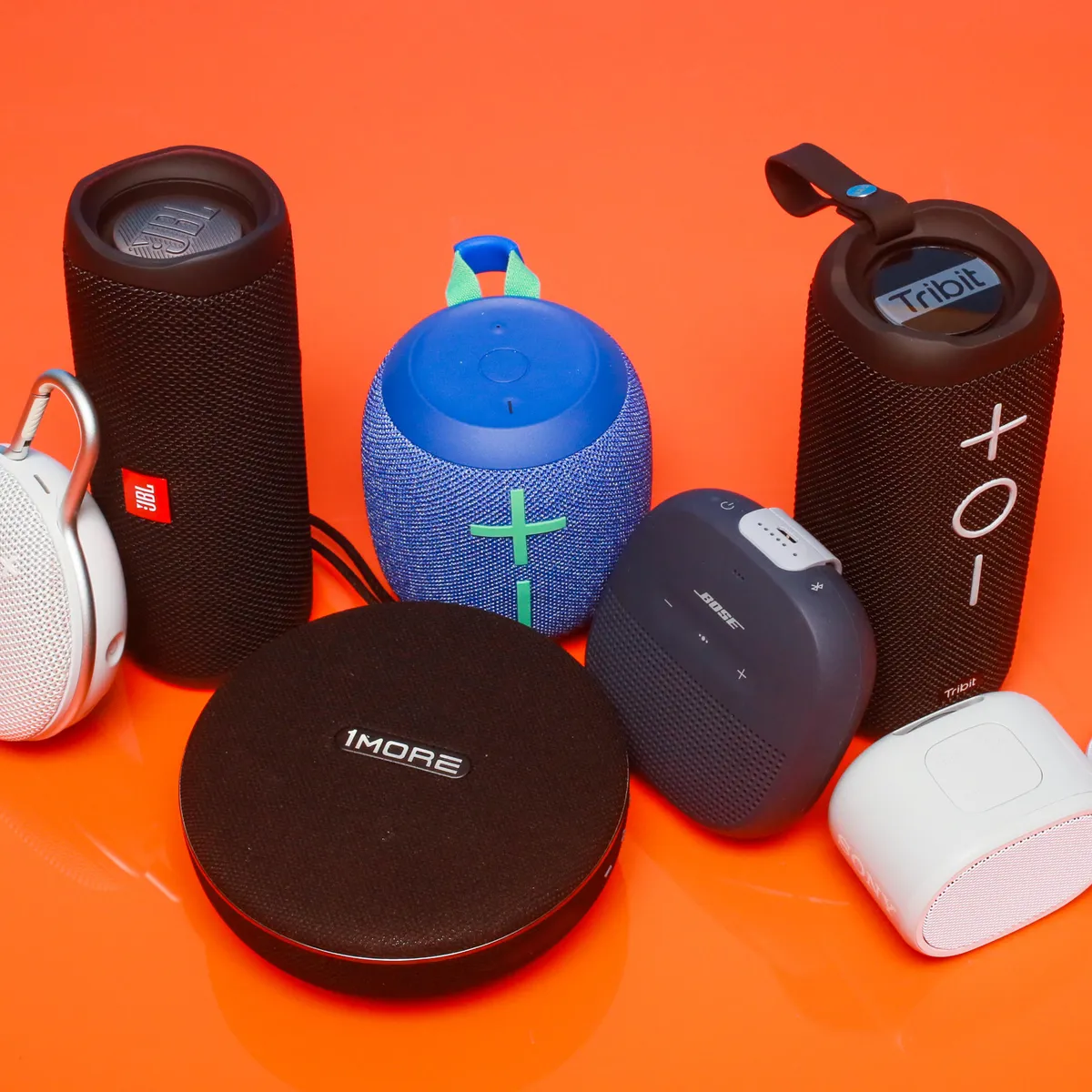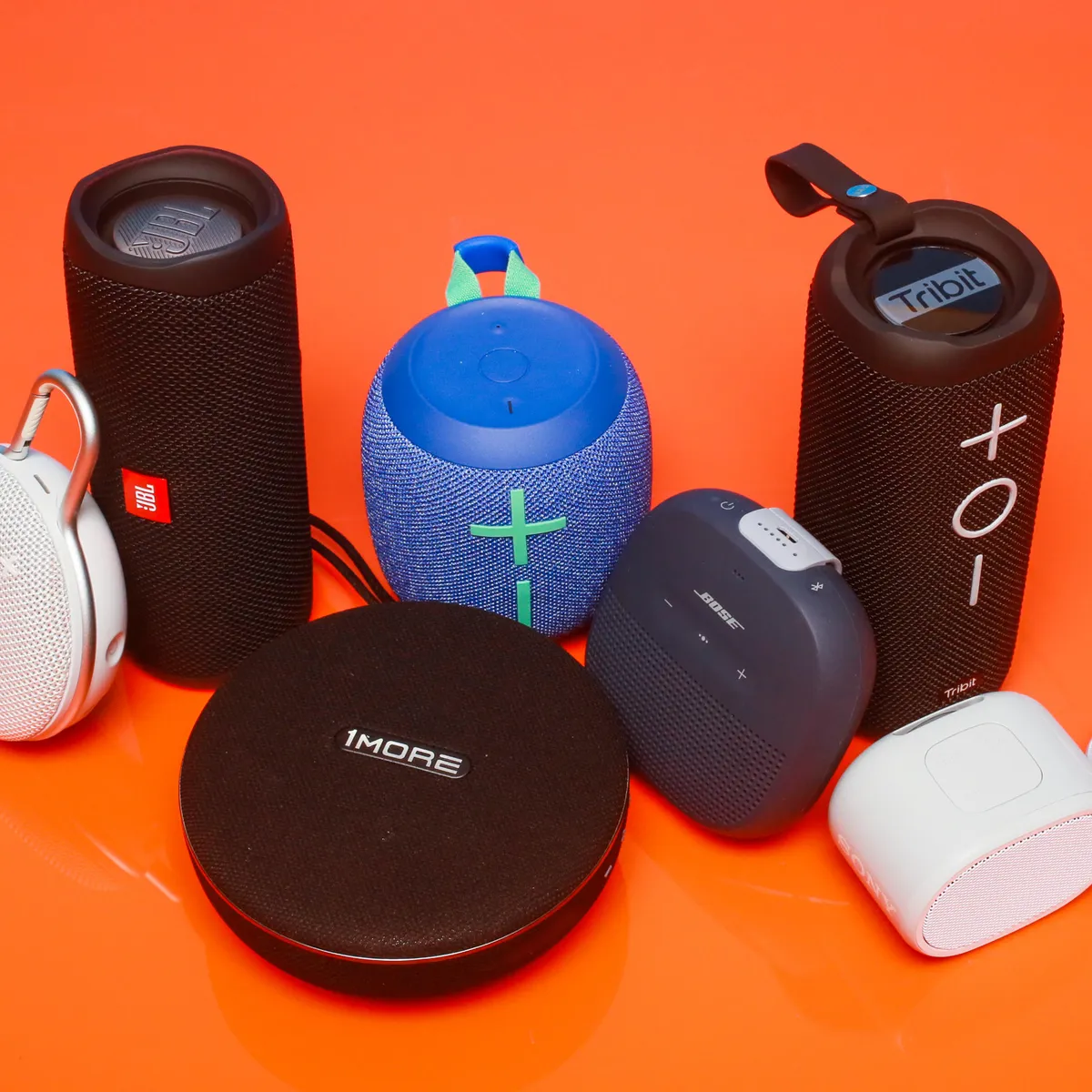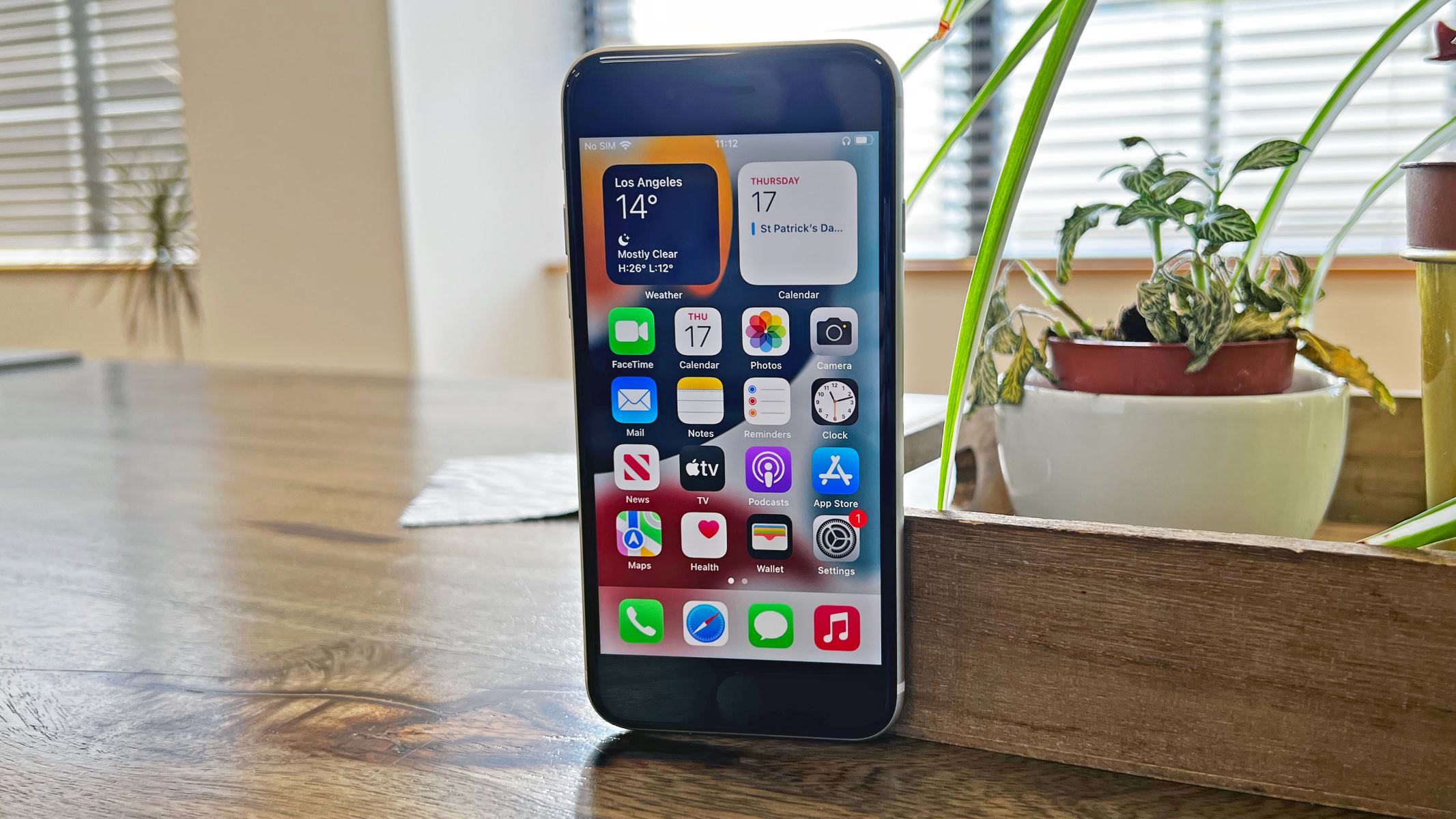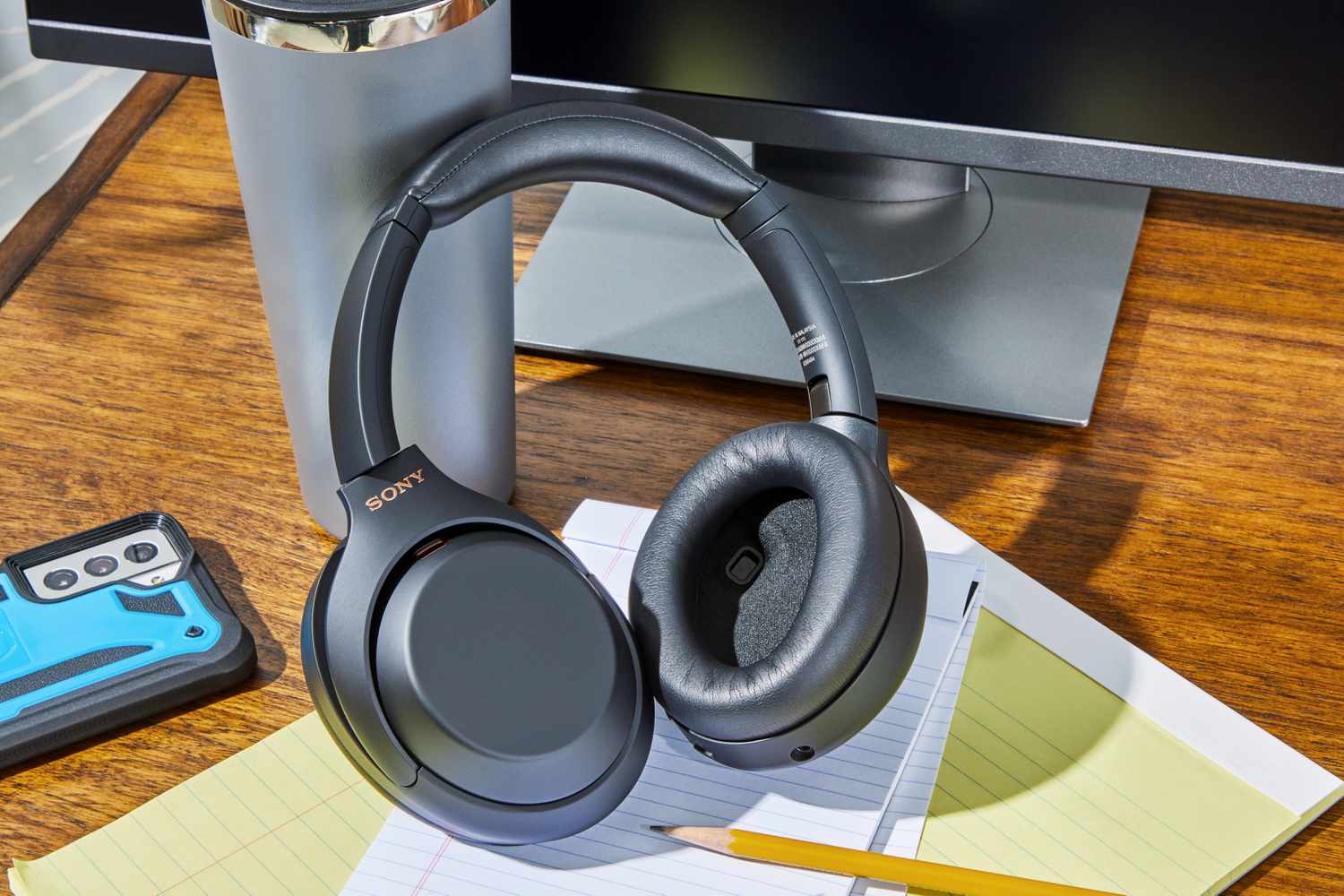Introduction
When you pick up your cell phone to make a call or listen to music, have you ever wondered how the sound travels from the device to your ears? Understanding sound transmission in cell phones to speakers sheds light on the intricate technology that enables us to communicate and enjoy audio on the go. This process involves capturing sound, transmitting it through the device, and reproducing it via the speakers. By delving into the mechanics behind this journey, we can gain a deeper appreciation for the seamless integration of technology into our daily lives.
The journey of sound begins with the capture of audio input, whether it's your voice during a call or the music playing on your device. This input is then processed and transmitted through the internal components of the cell phone, ultimately reaching the speakers to be converted back into audible sound waves. Along the way, various factors come into play, influencing the quality and clarity of the sound that reaches our ears.
In this article, we'll explore the intricacies of sound transmission in cell phones, from the initial capture of sound to its reproduction through the speakers. By understanding the technology behind this process and the factors that affect sound quality, we can gain a comprehensive insight into the remarkable journey of sound within our handheld devices. Let's embark on this enlightening exploration of sound transmission in cell phones to speakers, uncovering the mechanisms that enrich our auditory experiences.
How Sound is Captured in Cell Phones
Cell phones are equipped with sophisticated technology that allows them to capture sound with remarkable precision. The process begins with the device’s microphone, which serves as the primary tool for capturing audio input. Microphones in cell phones are designed to convert sound waves into electrical signals, utilizing a diaphragm that vibrates in response to incoming sound waves. This vibration generates corresponding electrical signals that represent the captured audio.
Modern cell phones often feature multiple microphones strategically placed to optimize sound capture. These microphones may employ advanced noise-cancellation algorithms to filter out background noise, ensuring that the captured audio is clear and free from interference. Additionally, some cell phones utilize directional microphones, which focus on capturing sound from specific directions while minimizing ambient noise from other sources.
Once the sound is captured by the microphone, it undergoes digital signal processing within the cell phone’s internal circuitry. This processing involves converting the analog electrical signals from the microphone into digital data, which can be manipulated, stored, and transmitted by the device. The digital representation of the captured sound is then ready for transmission through the cell phone’s internal components, paving the way for the seamless transfer of audio data within the device.
It’s important to note that advancements in microphone technology have significantly enhanced the sound capture capabilities of cell phones, allowing for clear and accurate audio reproduction. From voice calls to recording audio memos and capturing videos, the microphone plays a pivotal role in enabling a diverse range of audio-related functions on cell phones. As we delve deeper into the journey of sound within these devices, the role of the microphone emerges as a critical component in the seamless capture and transmission of audio.
Sound Transmission from Cell Phones to Speakers
Once sound is captured by the microphone and processed into digital data, it embarks on a journey through the internal components of the cell phone, ultimately reaching the speakers for reproduction. The digital audio data is transmitted through the device’s circuitry, where it may undergo additional processing to optimize the sound for playback. This may include equalization, volume adjustments, and other enhancements to ensure optimal sound quality.
As the digital audio data traverses through the cell phone, it arrives at the speakers, where it undergoes a transformation from electrical signals back into audible sound waves. The speakers within cell phones are engineered to accurately reproduce the captured audio, utilizing diaphragms that vibrate in response to the electrical signals. These vibrations generate sound waves that propagate through the air, ultimately reaching our ears and allowing us to perceive the audio.
It’s worth noting that the design and placement of speakers within cell phones play a crucial role in delivering an immersive audio experience. Some devices feature stereo speakers, strategically positioned to create a sense of spatial audio, while others may incorporate advanced audio technologies to enhance sound clarity and depth. Additionally, the size and quality of the speakers contribute to the overall audio performance, influencing factors such as bass response, vocal clarity, and overall sound richness.
Furthermore, the sound transmission process from cell phones to speakers is intricately linked to the device’s audio output capabilities. This includes the digital-to-analog conversion that occurs just before the audio reaches the speakers, ensuring that the digital data is accurately translated into analog signals for sound reproduction. The synergy between the internal components, including the digital signal processors and audio amplifiers, culminates in the seamless transmission of sound from the cell phone to the speakers.
As we unravel the journey of sound transmission from cell phones to speakers, we gain a profound understanding of the technological prowess that underpins our auditory experiences. The intricate interplay of components within the cell phone harmonizes to deliver captivating audio, enriching our interactions with voice calls, music, videos, and other audio content on these versatile devices.
Factors Affecting Sound Quality
The quality of sound produced by cell phones is influenced by a myriad of factors, each playing a crucial role in shaping the auditory experience for users. Understanding these factors provides valuable insights into the nuances of sound reproduction and the considerations that impact the overall audio performance of these devices.
- Speaker Design and Placement: The design and placement of speakers within cell phones significantly impact sound quality. Factors such as speaker size, orientation, and the presence of stereo configurations contribute to the spatial distribution and clarity of audio output.
- Audio Amplification: The amplification of audio signals within cell phones is pivotal in driving the speakers and ensuring optimal sound reproduction. The quality of the amplifiers influences factors such as volume levels, dynamic range, and overall sound fidelity.
- Digital Signal Processing: Digital signal processing (DSP) algorithms play a crucial role in shaping the audio output of cell phones. These algorithms may encompass equalization, spatial enhancement, and noise reduction, contributing to the overall sound enhancement and clarity.
- Acoustic Considerations: The acoustic properties of the cell phone’s enclosure and internal components impact sound transmission and reproduction. Effective acoustic design mitigates resonance, distortion, and unwanted vibrations, thereby enhancing sound quality.
- Audio Codecs and Compression: The utilization of audio codecs and compression algorithms influences the fidelity and efficiency of audio transmission and storage. High-quality codecs preserve audio integrity, while efficient compression balances file size and sound quality.
- Microphone Performance: The quality and performance of the microphone directly impact sound capture, affecting the clarity and fidelity of recorded audio. Advanced microphones with noise-cancellation and directional capabilities contribute to superior sound capture.
- Environmental Factors: The ambient environment in which the cell phone is used can affect sound quality. Background noise, reverberation, and other environmental factors may impact the perception and clarity of audio output.
By considering these factors, cell phone manufacturers strive to optimize sound quality, delivering immersive audio experiences across a diverse range of applications. The intricate interplay of design, technology, and engineering culminates in the seamless transmission and reproduction of sound, enriching our interactions with cell phones as versatile audio companions.
Conclusion
Embarking on a journey to understand sound transmission in cell phones to speakers has unveiled the intricate interplay of technology, design, and engineering that underpins our auditory experiences. From the capture of sound by microphones to its transmission through internal components and reproduction via speakers, the seamless integration of audio technology within cell phones enriches our interactions with voice calls, music, videos, and various audio content.
As we explored the capture of sound in cell phones, the pivotal role of microphones in converting sound waves into electrical signals became evident. The advancements in microphone technology, including noise-cancellation and directional capabilities, have elevated sound capture to new heights, ensuring clear and accurate audio reproduction across diverse applications.
Furthermore, the journey of sound transmission from cell phones to speakers illuminated the significance of internal components and audio processing in optimizing audio output. From digital signal processing to acoustic considerations and audio amplification, each element harmonizes to deliver immersive sound experiences, enhancing the way we engage with audio content on our devices.
Moreover, the factors affecting sound quality underscore the multifaceted considerations that shape the auditory performance of cell phones. Speaker design and placement, audio amplification, digital signal processing, acoustic considerations, audio codecs, microphone performance, and environmental factors collectively influence sound quality, driving innovation in audio technology and engineering.
As we conclude this exploration, it is evident that the journey of sound within cell phones embodies a symphony of technological prowess, precision engineering, and user-centric design. The seamless transmission and reproduction of sound enrich our daily interactions, empowering us to communicate, entertain, and engage with audio content in a myriad of captivating ways. The remarkable evolution of audio technology within cell phones continues to redefine our auditory experiences, setting the stage for a future where sound is not just heard, but felt in its purest form.










